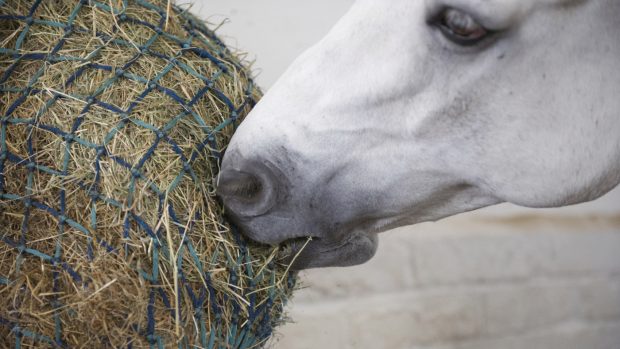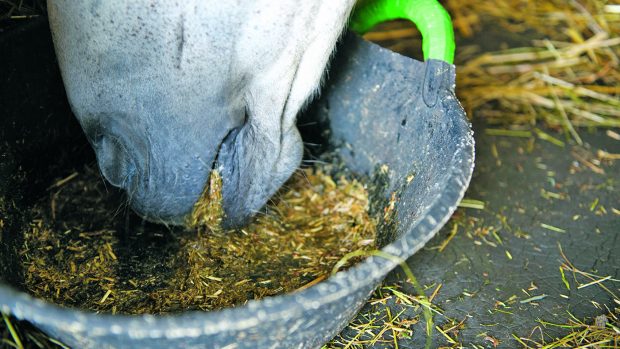Q: This winter, I have decided to change from hay to haylage. I have never fed it before and I am a little worried about stories I have heard about botulism in haylage production. Can you put my mind at rest?
Nutritionist Christin Smy replies: Botulism is caused by the clostridium botulinum toxin, an anaerobic bacteriathat is found mainly in soil. Modern production methods have made botulism rare in UK-produced haylage.
When haylage was first introduced to horses, it was very wet. Over the years, the market for haylage for horses has increased dramatically and, with this rise in popularity, many farmers now produce haylage specifically for horses, with a dry matter of 50-75 per cent.
Botulism thrives in warm, humid conditions, possibly living in decaying plants or animals, and can be a major problem if incorporated within the haylage. It is important that soil and foreign materials are not picked up when the cut grass is baled.Always buy haylage from a reputable manufacturer or farmer. Word of mouth is important – before you buy,speak to other buyers about quality and palatability.
Having bought your haylage, check the wrapping on each bale. There should be several layers of strong plastic to prevent the entry of oxygen, which can cause secondary fermentation. You must discard and return any bales with holes or tears.
Once opened, haylage has a lifespan of about four days in winter and three days in summer. Many farmers and manufacturers make bales of around 20kg, ideal for owners of one or two horses. This avoids wasting the haylage, and removes the temptation to feed the haylage once it has started to ferment.
| Click here to subscribe to HORSE magazine, which is packed with horsecare features every month |




